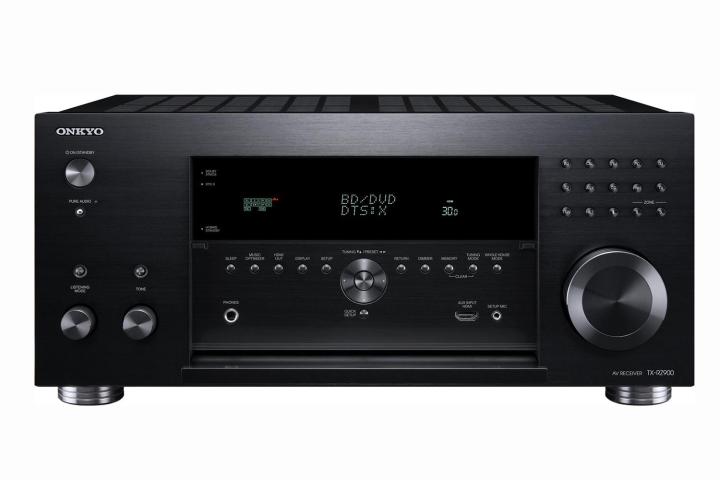
Today Onkyo announced the TX-RZ900 and TX-RZ800 7.2-channel network A/V receivers as well as the TX-8160 network stereo receiver. The former two units sit at the top of the company’s mid-range offerings in the A/V world, while the latter is a classic stereo receiver that still offers all the right bells and whistles.
The TX-RZ900 and TX-RZ800 both offer 7.2 channels as well as Dolby Atmos and DTS:X, and that’s just the start. Both receivers offer AirPlay and Bluetooth connectivity in addition to general Wi-Fi, and offer built-in Spotify Connect and Pandora support. For fans of hi-res audio, both 192 kHz / 24-bit FLAC and DSD 5.6 are supported over DLNA.
Both receivers also boast separate power amp and processing sections and are built with extra-large capacitors and output transformers (hand-wound, in the TX-RZ900’s case). The receivers are 4K Ultra HD-ready and THX Select 2 certified, as well as HDCP 2.2 compliant.

If you’re not in the market for an A/V receiver but rather something to use for music alone, the TX-8160 offers the same audio features but cuts back on the A/V exclusive options. It features a 384 kHz/32-bit DAC with the same support for FLAC and DSD playback as well as the built-in streaming music options.
Featuring four digital inputs, eight analog inputs, and even a phono input, you should be able to easily connect every piece of audio gear you own, right down to the multiple cassette decks. Both AM/FM radio stations and internet radio stations can be stored in four preset slots.
Each one of these three receivers extends down to 5 Hz for massive, deeply extended bass, and each model features Zone 2 Pre/Line Outs (the TX-RX900 and TX-RX800 also offer powered Zone 2 outputs). Each model also features Low Noise Processing to “erase digital pulse noise and clearly resolve the subtlest details and textures.”
All of these models will ship later this summer. The TX-RZ900 and TX-RZ800 will sell for $1,600 and $1,300 respectively, while the TX-8160 can be had for a lot less at $500. For more information, see Onkyo’s website.


